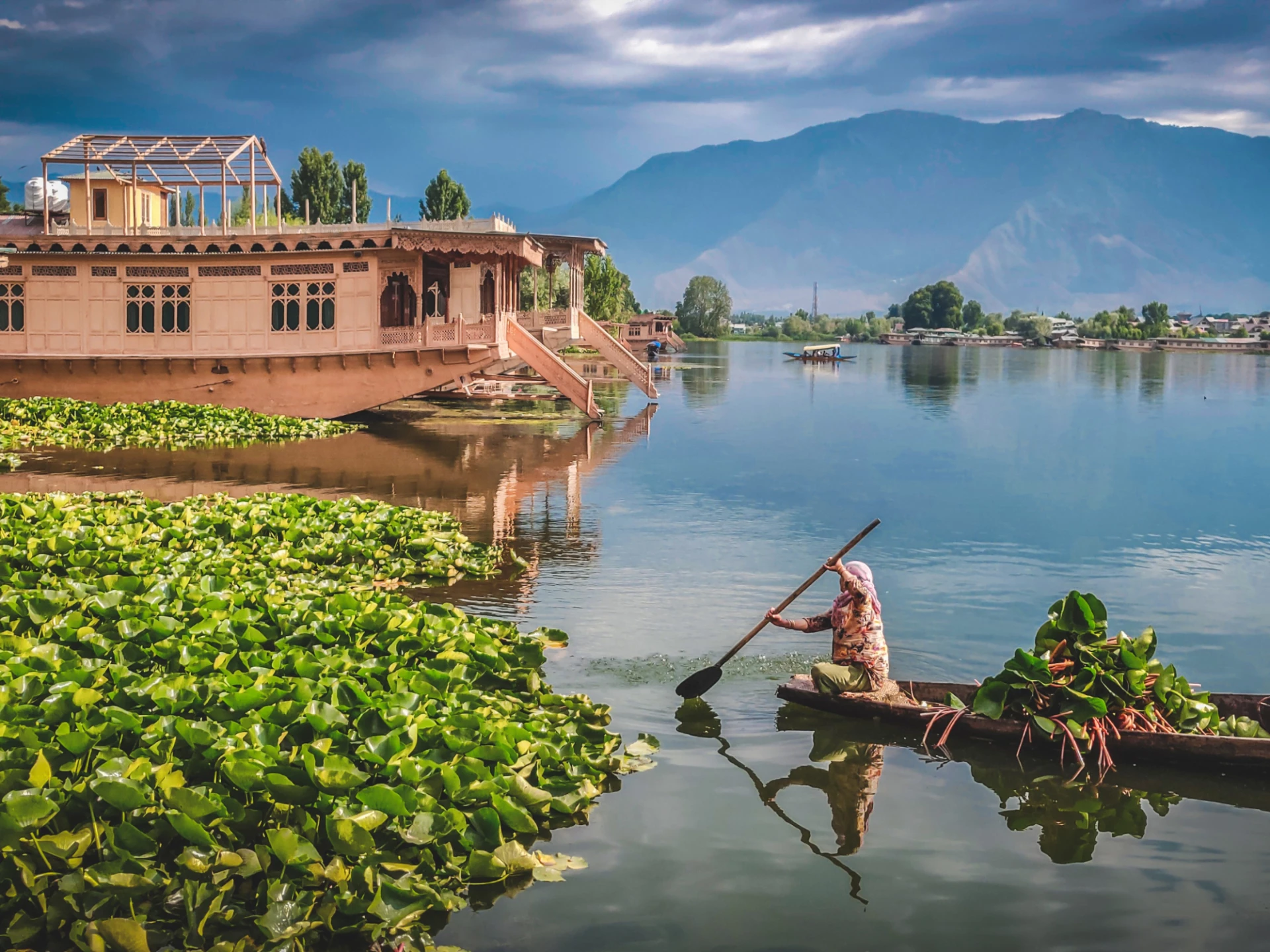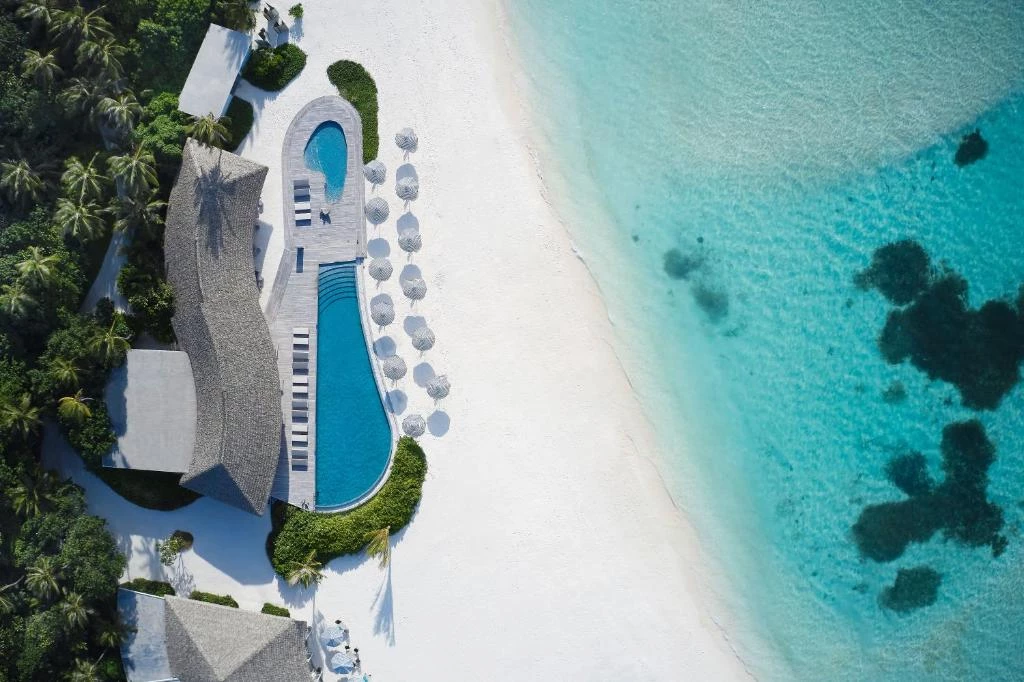Find Uluru in the heart of the Northern Territory’s arid 'Red Centre'.
Discover the enchanting beauty of Addo Elephant National Park, an exquisite sanctuary where majestic elephants roam amidst South Africa’s diverse and captivating landscapes.
Uluru-Kata Tjuta National Park
Uluru, also known as Ayers Rock, stands as an iconic symbol of Australia’s rugged beauty and cultural significance. Rising majestically from the heart of the vast desert landscape, Uluru is a natural wonder that captivates the imagination of travelers from around the world. This massive sandstone monolith is not just a geological marvel but a spiritual and cultural touchstone, holding deep meaning for the Indigenous people of Australia.
Uluru is a colossal rock formation that spans 348 meters in height and covers an area of 9.4 square kilometers. It’s a result of millions of years of geological processes, including erosion and upheaval. Its distinct red color comes from iron oxide in the rock, creating a mesmerising contrast against the surrounding desert landscape.
The play of light and shadow on Uluru creates a shifting palette of colors, from fiery reds during sunrise and sunset to softer shades during the day. This ever-changing hue is a spectacle that draws visitors in and connects them to the raw beauty of the Australian Outback.
We Suggest...
Pride and Rock
Tailor-MadeThis fun-filled Australia itinerary perfectly blends vibrant celebration with peaceful nature. It’s ideal for those who want a blend of fun partying, rich adventure, and restful relaxation. You’ll be in dazzling Sydney for the annual Sydney Gay and Lesbian Mardi...
Cultural Significance and Indigenous Heritage
For the Indigenous Anangu people, who are the traditional owners of the land, Uluru holds immense cultural, spiritual, and historical significance. The rock is considered a living entity, infused with the stories and beliefs of the ancestors. Its formations, caves, and waterholes are repositories of ancient wisdom, depicted through rock art and engravings that tell the stories of creation, survival, and interconnectedness.
Visitors are encouraged to respect the cultural significance of Uluru and its surroundings. The Indigenous culture of the Anangu people is celebrated through guided tours, storytelling, and interpretive centers that provide insight into their deep connection to the land.
Visiting Uluru is not just a sightseeing experience; it’s an opportunity to learn and understand the stories that have shaped the culture and identity of the Anangu people for generations. Central to the Anangu people’s culture is the concept of Tjukurpa, also known as Dreamtime or Creation Time. This is a complex belief system that encompasses creation stories, cultural norms, and moral codes. Uluru is intricately woven into these stories, and each crevice, cave, and mark on the rock carries significance related to these ancestral tales.

Visiting Uluru-Kata Tjuta National Park
Uluru-Kata Tjuta National Park, where Uluru is located, offers a variety of walking trails that allow visitors to get up close and personal with this iconic monolith. The 10.6-kilometer Base Walk is a popular trail that circumnavigates the rock’s perimeter, revealing its various formations, caves, and cultural sites. As you walk, you’ll feel the rock’s energy and presence, gaining a deep appreciation for its grandeur.
Guided tours, led by Anangu guides, offer a unique perspective, delving into the cultural stories, traditions, and natural elements that make Uluru so special. You can also embark on the Valley of the Winds walk at Kata Tjuta (The Olgas), a nearby formation of 36 domed rocks that also holds cultural significance.
In recent years, there has been a growing emphasis on sustainable and responsible tourism around Uluru. Climbing Uluru, once a common activity, has been discouraged out of respect for its cultural significance and to protect the fragile ecosystems on its surface. In 2019, climbing was officially closed.
Visitors are encouraged to stay on designated paths and respect the rules and guidelines set by the Anangu people and the national park. The cultural teachings of Tjukurpa emphasize the interconnectedness of all life, and responsible tourism aligns with these values.









